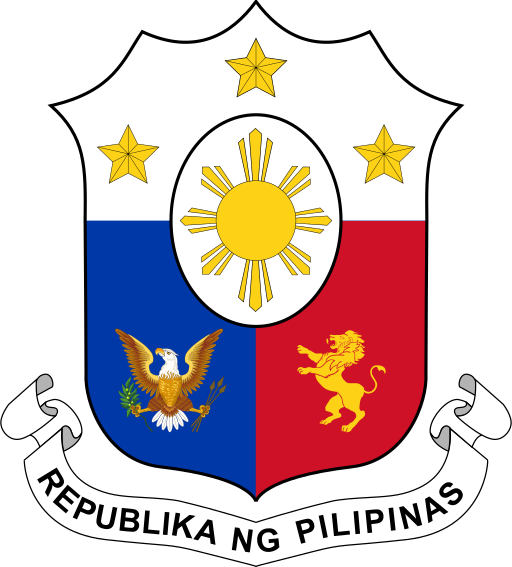
DBM Sec.Benjamin E. Diokno with members of the Pasig River Rehabilitation Commission during the 94th PRRC Board of Commissioners Meeting. (March 4, 2019)
The Pasig River Rehabilitation Commission (PRRC), chaired by DBM Secretary Benjamin E. Diokno, held its 94th Board of Commissioners Meeting on March 4, 2019 at the DBM Central Office, highlighting the Commission’s achievements for the past years, along with the proposed priority rehabilitation activities for 2019.
Established in 1999 with the primary aim of rehabilitating and restoring the Pasig River, the PRRC has since removed 30 million kilograms of solid wastes, dredged 19 kilometers of the river, and relocated 19,000 families informally residing within the river’s immediate vicinity.
“In the 1990s, the Pasig River was generally considered as biologically dead. With pride, we can report that the joint efforts to revive the river, enabled the Pasig River to meet some of the water quality standards for Class C, as of 2017,” Secretary Diokno expressed.
“Several species of birds, trees, and aquatic plants are now thriving in the river. Fish can now be caught in the Pasig River like Kanduli, otherwise known as sea catfish, and Tilapia -- These are all clear signs of a healthier river,” he added.
In 2013, PRRC started recovering the easement from privately-owned structures. Since then, the Commission has dismantled 508 structures obstructing the easement and the waterways.
The PRRC has also established environmental preservation areas (EPA) in the form of linear parks, walkways, greenbelts, and revetment/parapet walls along the three to ten-meter easement of the Pasig River. These are seen to serve as buffer zones for public safety and river protection, reduce direct waste discharge into the river, provide river access, provide recreation and tourism, and introduce additional functions for the riverbanks. To date, the PRRC has established a total of 41,151.93 linear meters of EPAs along the Pasig River and its tributaries.
“With the participation of members of this council and those of the Pasig River Ferry Convergence Program, we are expecting a number of improvements this 2019 including the groundbreaking of a new ferry system,” Secretary Diokno noted.
Comprised by 11 stations in the Pasig Ferry Line and another four stations in the Marikina RIver Line, the Pasig River Ferry Service will provide an alternative public transport that is faster, safer, and more convenient than most land-based transport service in Metro Manila. It will also serve as a platform for raising awareness on the ecological and socio-economic significance of the Pasig River and its potential for eco-tourism.
“Let’s show the public once and for all that the Pasig River of our dreams is within reach,” Secretary Diokno expressed.
(30)
MR No. 2019-47
For inquiries, further questions and requests for interview, please contact Marianne Ongjuco:
Email:Telephone: (+632)-735-4847

